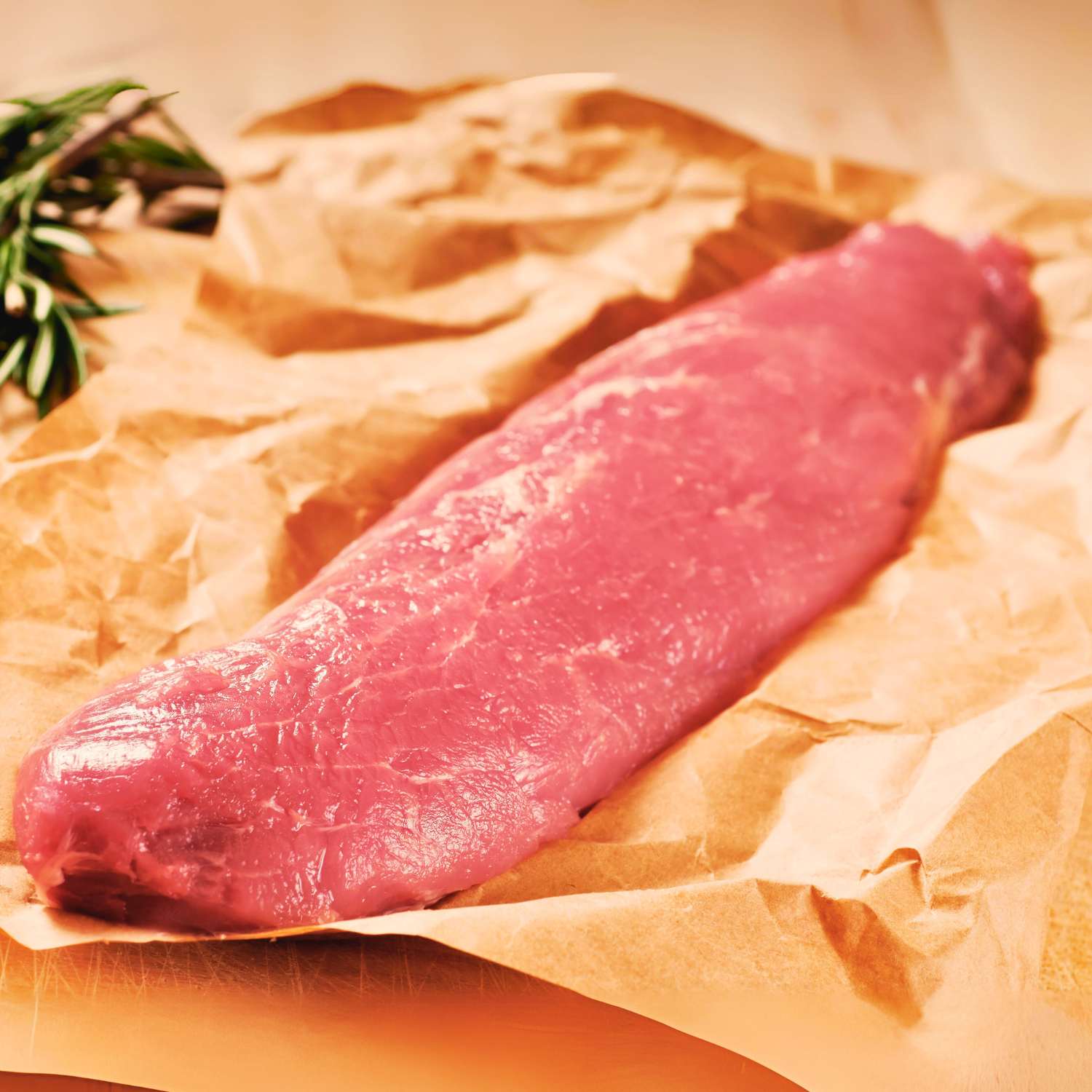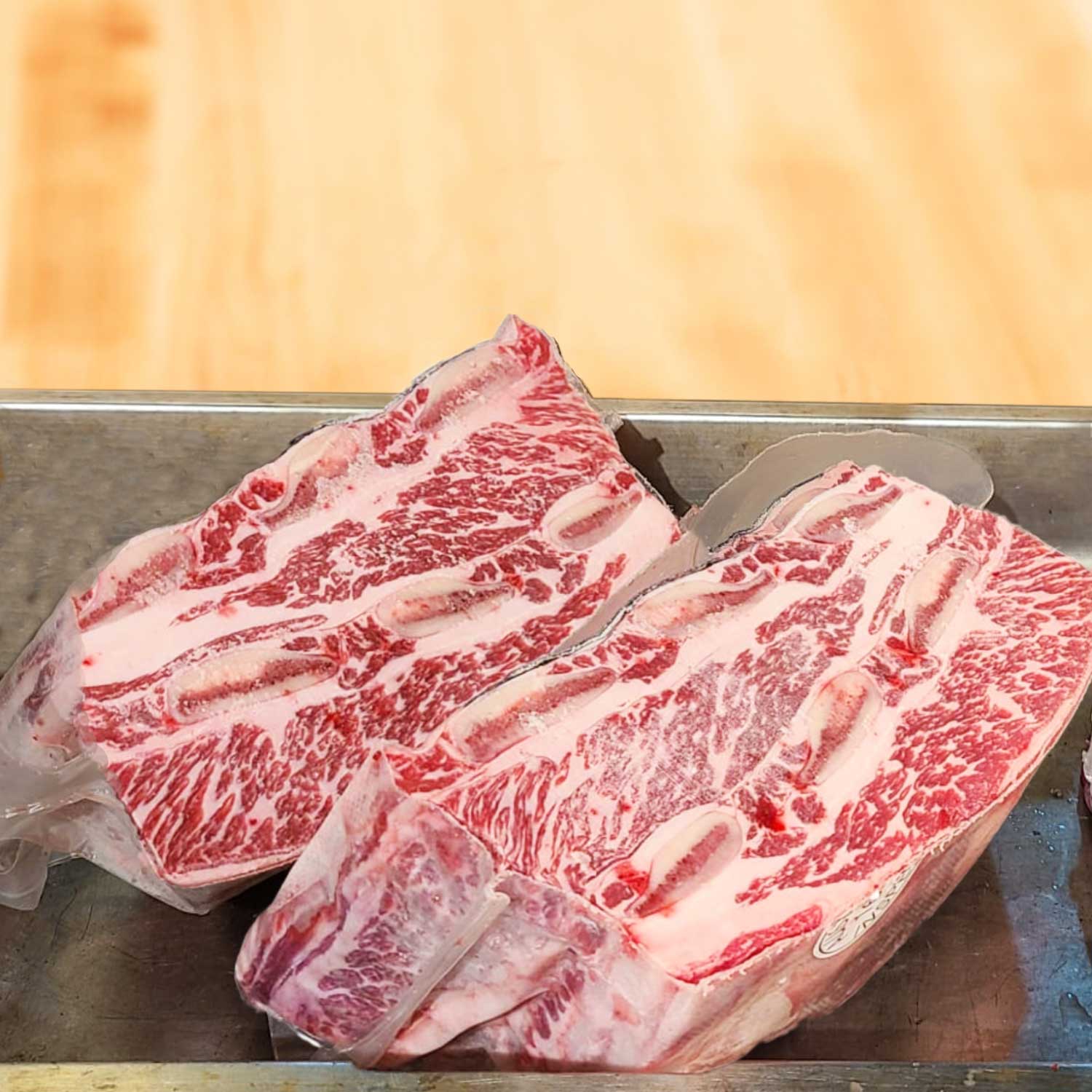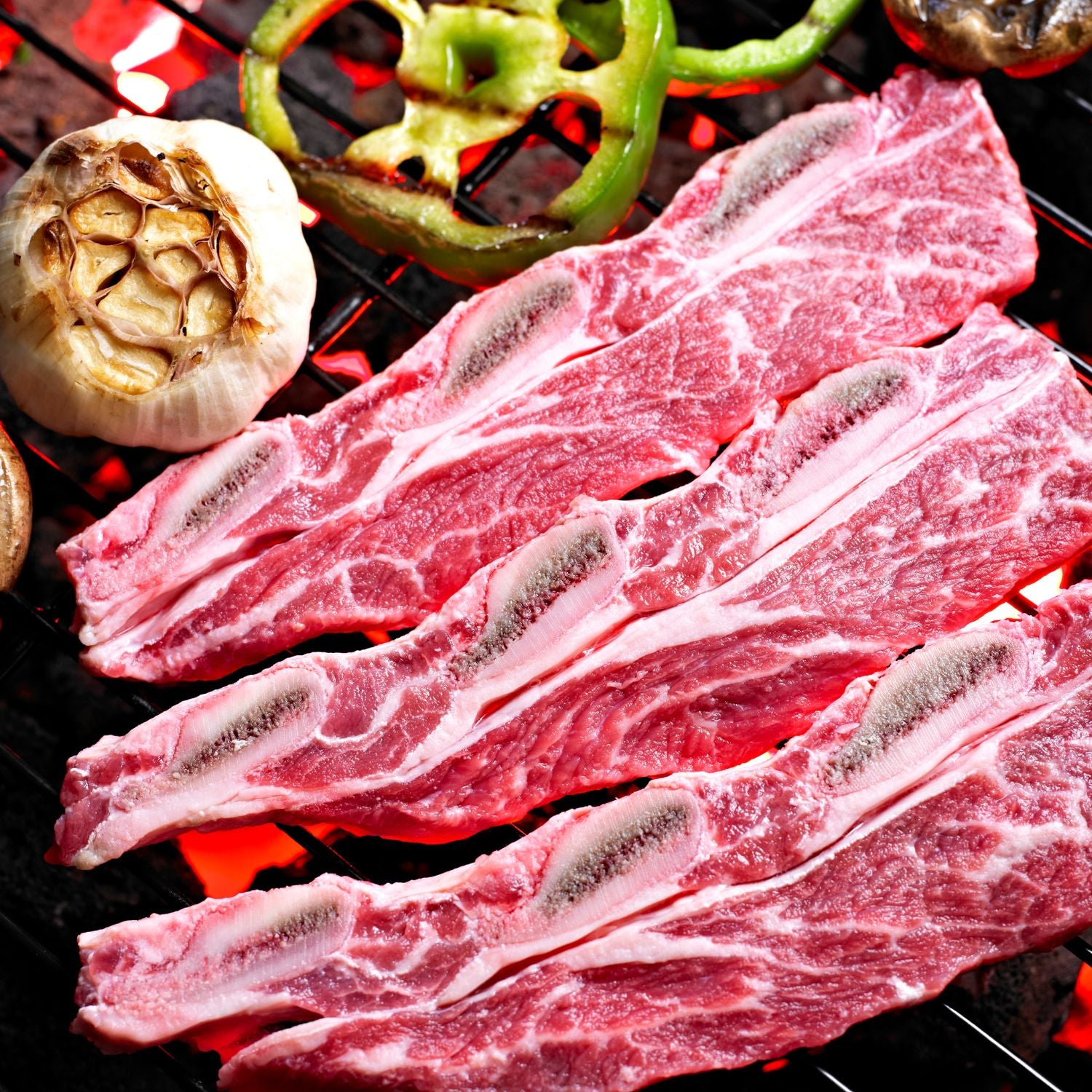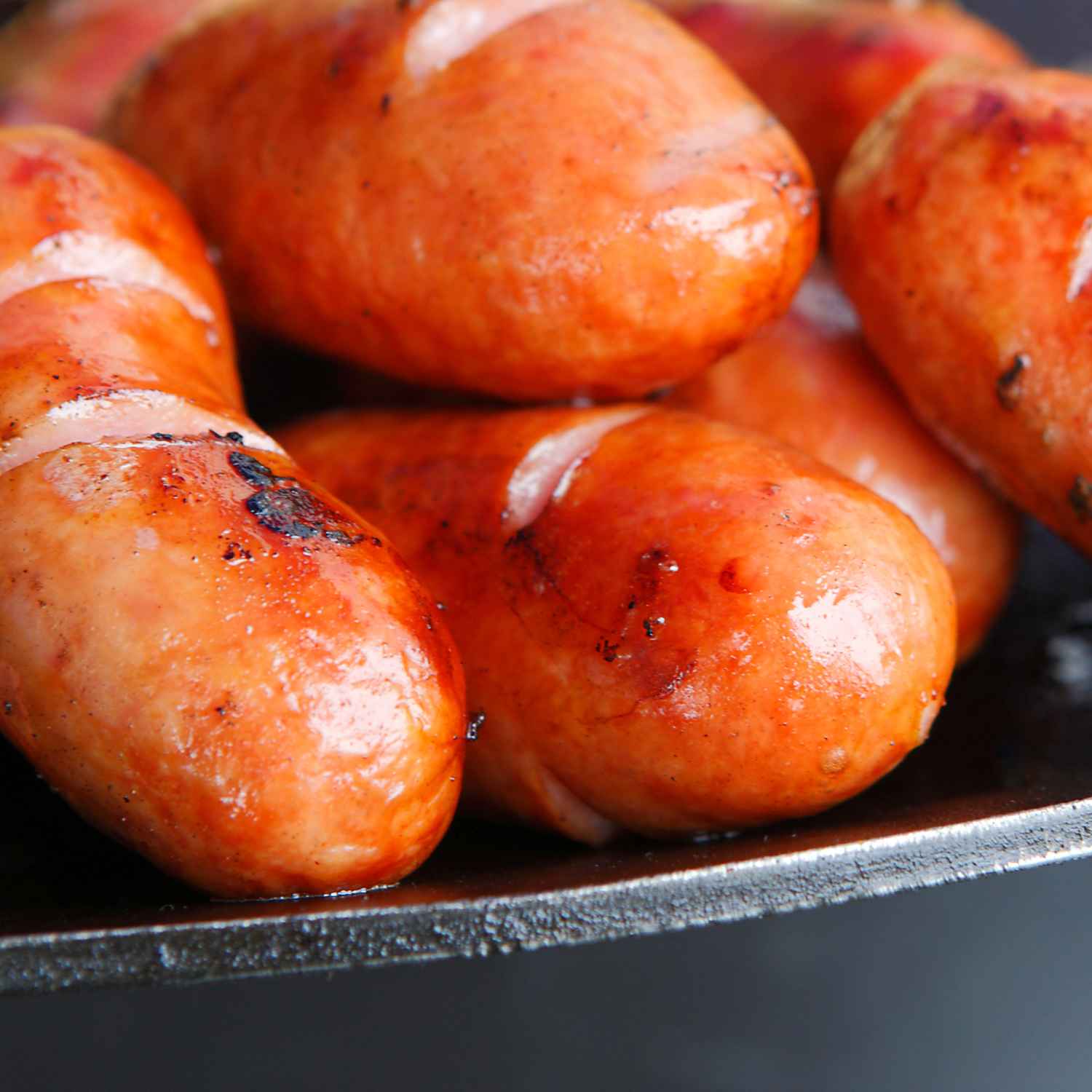Understanding the Basics of Chuck Beef: What Sets It Apart
The Origins of Chuck Beef: A Brief History
Chuck beef has deep roots in culinary history. Originating from the shoulder of cattle, this cut is known for its rich flavor and tender texture. It was valued by early cooks who knew how to make the most of its qualities. Over time, chuck beef became a staple in stews and roasts, especially in colder climates where hearty meals were essential. In Hong Kong and China, chuck beef's versatility has made it popular in various recipes, blending seamlessly with diverse local flavors. Grass-fed variations of chuck beef are now sought after for their enhanced taste and health benefits. As a result, they offer a touch of gourmet appeal to traditional dishes.

Nutritional Advantages of Grass-fed Chuck Beef
Choosing grass-fed chuck beef not only benefits flavor but health too. It's richer in key nutrients like omega-3 fatty acids. These are good for the heart. Grass-fed beef also has more vitamins A and E, and antioxidants. These nutrients help to fight diseases. Compared to grain-fed beef, it's lower in fat and calories. This makes it a healthier option for those watching their diet. Indeed, opting for grass-fed chuck beef can be a smart move for health-conscious foodies.
Key Differences Between Chuck Beef and Other Cuts
Chuck beef is unique from other cuts because of its texture and flavor. It has more connective tissue. This makes it less tender but adds a rich taste. Chuck is from the cow's shoulder. It's different from rib, loin, or sirloin cuts. This part of the cow works hard, so the meat is flavorful. Because of this, chuck is great for slow cooking methods. Roasting or braising brings out its best qualities. Compared to other cuts, chuck is often cheaper. This makes it good for budget-friendly meals. But it still delivers a gourmet experience. When cooked right, chuck can be just as enjoyable as more premium cuts. Grass-fed chuck is even better, with health benefits and a deeper taste. It's perfect for those in Hong Kong and China who value quality and tradition.
Preparing Your Chuck Beef: Tips and Techniques for Perfect Roasting
Selecting the Right Chuck Beef for Roasting
Choosing the best chuck beef cut is key to a great roast. Here's what to look for:
- Marbling: Even fat within the meat adds flavor and tenderizes during cooking.
- Grass-fed Quality: Go for grass-fed beef for better taste and nutrition.
- Freshness: Check for a deep red color and a firm feel; avoid dull or slimy meat.
- Cut Size: Pick a size that fits your needs – bigger for groups, smaller for few.
- Butcher's Advice: Ask your butcher. They know what cut works best for roasting.
The Ideal Roasting Techniques for Tender and Juicy Chuck Beef
Crafting the ideal chuck beef roast is all about technique. To achieve tender and juicy results, consider these steps:
- Preheat Your Oven: Starting with a hot oven (around 220°C) is essential. It helps in searing the beef, locking in juices.
- Season Generously: Coat your chuck beef with a robust spice rub or just salt and pepper. This enhances flavor and forms a delicious crust.
- Searing: Before roasting, sear the beef in a hot pan. This process caramelizes the surface, adding depth of flavor.
- Roast Slowly: Slow roasting at a reduced heat (about 160°C) ensures even cooking and tender meat.
- Resting Time: After roasting, let your chuck beef rest covered in foil for about 20 minutes. This allows juices to redistribute.
Follow these steps for a chuck roast that's both delectable and a crowd-pleaser at any Hong Kong or China feast.
Additional Flavors and Aromas to Enhance the Roasting Experience
To transform your chuck beef into an aromatic delight, consider these tips. Start by creating a robust rub. Use a blend of spices like star anise, Sichuan pepper, and five-spice powder, which meld well with the beef's rich flavor. Marinate your beef with a mixture of soy sauce, Shaoxing wine, and a hint of honey for depth. Infusing the meat with garlic, ginger, and spring onions during roasting can add a subtle Chinese profile. Lastly, a dash of sesame oil after roasting can give a fragrant finish.
Leveraging Chuck Beef for Innovative Chinese Cuisine Creations
Fusion Recipes: Incorporating Chuck Beef into Traditional Chinese Dishes
Transform your Chinese cuisine with chuck beef! Here are fusion ideas to try:
- Beefy Baozi: Fill fluffy bao buns with tender roasted chuck.
- Chuck Congee: Upgrade your rice porridge with hearty beef chunks.
- Szechuan Chuck Stir-Fry: Add a Szechuan twist to chuck roast strips.
- Chuck Beef Noodle Soup: A robust broth with slices of chuck for comfort.
These recipes blend the best of East and West, perfect for Hong Kong and China food lovers.
Creative Pairings: Sides and Salads to Complement Your Roast Chuck Beef
Roast chuck beef is rich and savory. This makes it perfect for pairing with lighter sides. For a balanced meal, you can pair it with Asian-inspired salads. Think crisp greens like bok choy or watercress. Toss them with a soy and sesame dressing. For a heartier side, you could mix fluffy jasmine rice with herbs. Fresh cilantro or scallion adds a nice touch. Don't forget to add some crunch, like roasted nuts or seeds. These sides will make your chuck beef meal truly special.
Showcasing Chuck Beef in Banquet and Restaurant Settings
Chuck beef, known for its rich flavor and versatility, can be a standout feature in banquets or restaurant menus. Establishments can impress guests by offering chuck roast as a central dish. This cut adapts well to slow-cooking methods, which are popular in Chinese cooking. Chefs can highlight its tender texture by pairing it with complementary sauces inspired by local cuisine. In upscale settings, chuck beef can be presented in beautifully carved portions. This creates a memorable dining experience for patrons interested in traditional tastes with modern flair.

















